A great deal of brilliant women were responsible for creating the marvelous everyday inventions we know today, like Kevlar, coffee filters, and even foot pedal trash cans.
When we go about using everyday objects, it’s easy to take them for granted. Their ubiquity doesn’t inspire users to ask questions about their origins, but they’re quite interesting if one seeks them out. In fact, people may be pleasantly surprised to discover that women were behind many of the convenient inventions they use today.
READ ALSO: Herstory’s Breakthroughs: Groundbreaking Contributions Of Women In Science Throughout History
From bullet-proof material to the telecommunication systems of daily life, below are five inventions made by brilliant women across history:
Stephanie Kwolek: Kevlar
Kevlar has become the leading material for a wide range of objects, from bullet-proof vests to sturdy cables. Made of incredibly strong and durable synthetic fibers, the material wouldn’t exist without Stephanie Kwolek—a chemist who worked for the DuPont company (which still manufactures Kevlar) in the 1960s.
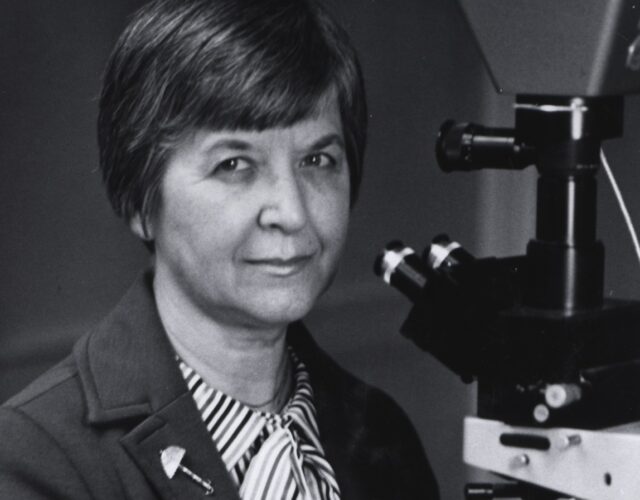
The American scientist actually possessed a love for sewing and fabrics thanks to her mother, according to the Science History Institute Museum and Library. In fact, she initially wanted to become a fashion designer, before deciding to take up chemistry instead. Yet as fate would have it, she did end up creating one of the most versatile and significant fabrics in the world.
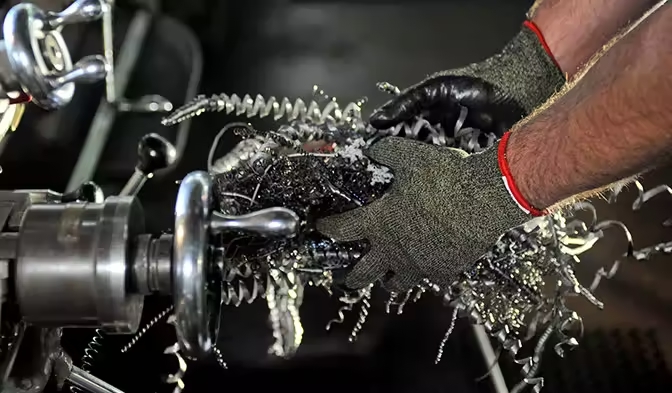
Kevlar is five times stronger than steel yet lighter than fiberglass, writes the American Chemical Society. Today, it continues to open up possibilities for new products that are resistant to extreme temperatures, tears, bullets, and the like, and people can find it in hundreds of products.
Jeanne Villepreux-Power: Aquariums
Aquariums are everywhere, from homes to laboratories, yet not many people know where these simple yet important products come from. It was actually a former French dressmaker, marine biologist Jeanne Villepreux-Power, who invented it in the 1800s.
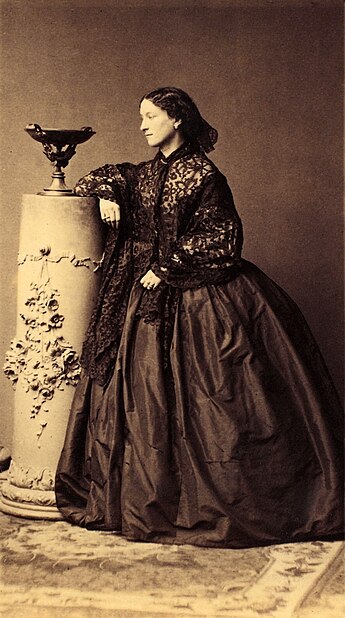
Though Villepreux-Power could very well have continued making lavish dresses for the wealthy women of Paris (including Princess Marie Caroline of Bourbon-Two Sicilies), she decided to pursue marine biology after a visit to Italy, according to the European Marine Biological Research Centre (EMBRC). Afterwards, she became a member of elite scientific groups and went on to invent an integral piece of equipment in marine studies.
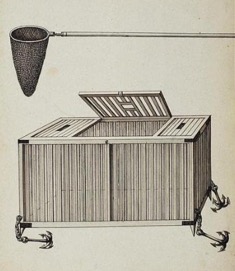
EMBRC states that the scientist wanted to study certain mollusks in detail within a closed environment: hence the need for an aquarium. She created “power cages” (the progenitor of today’s aquariums) to do this, with a rubber hose system that would circulate marine water, pumping it inside and out.
Thanks to her efforts, she was able to publish her first book Observations et expériences physiques sur plusieurs animaux marins et terrestres [Physical Observations and Experiments on Several Marine and Terrestrial Animals], writes Interesting Engineering. which presented trailblazing research on the chambered nautilus that modern science still refers to today.
Lillian Gilbreth: Foot Pedal Trash Cans
Lillian Gilbreth was an industrial engineer who aimed to combine psychology with engineering to boost productivity in both the workplace and home. As part of her efforts to improve household efficiency, she created the ever-famous foot pedal trash can, according to Purdue University.
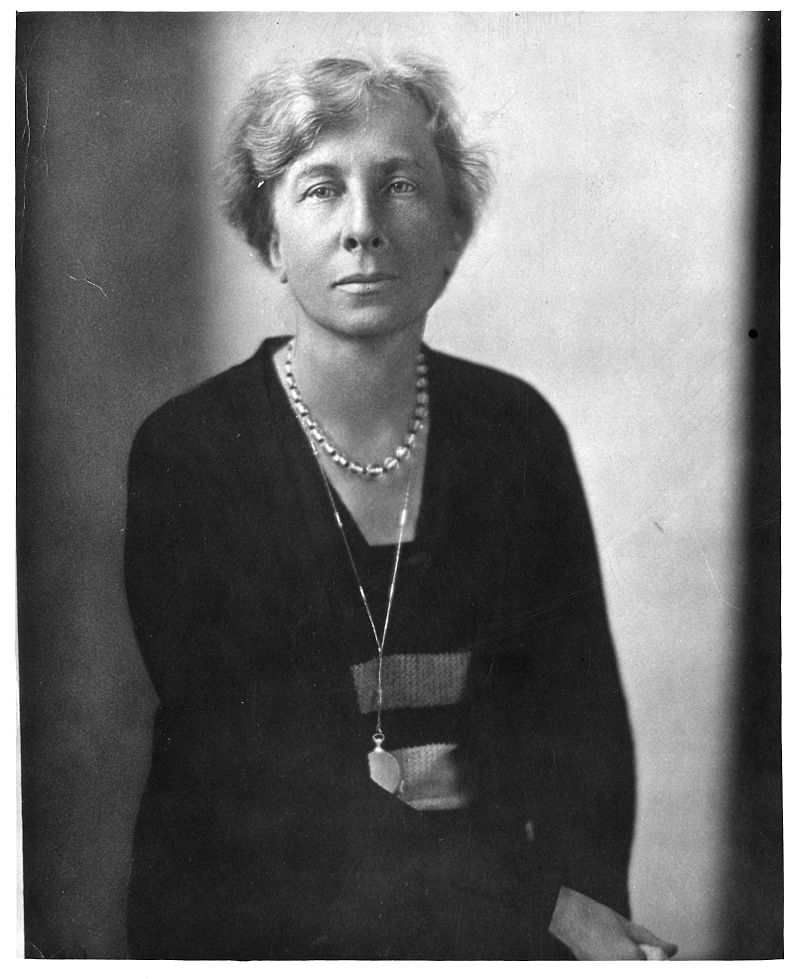
Most interesting about Gilbreth was her educational background: the young woman earned an undergraduate and master’s degree in English Literature, but took a doctorate in applied psychology from Brown University in 1915 (and was the first mother to do so).
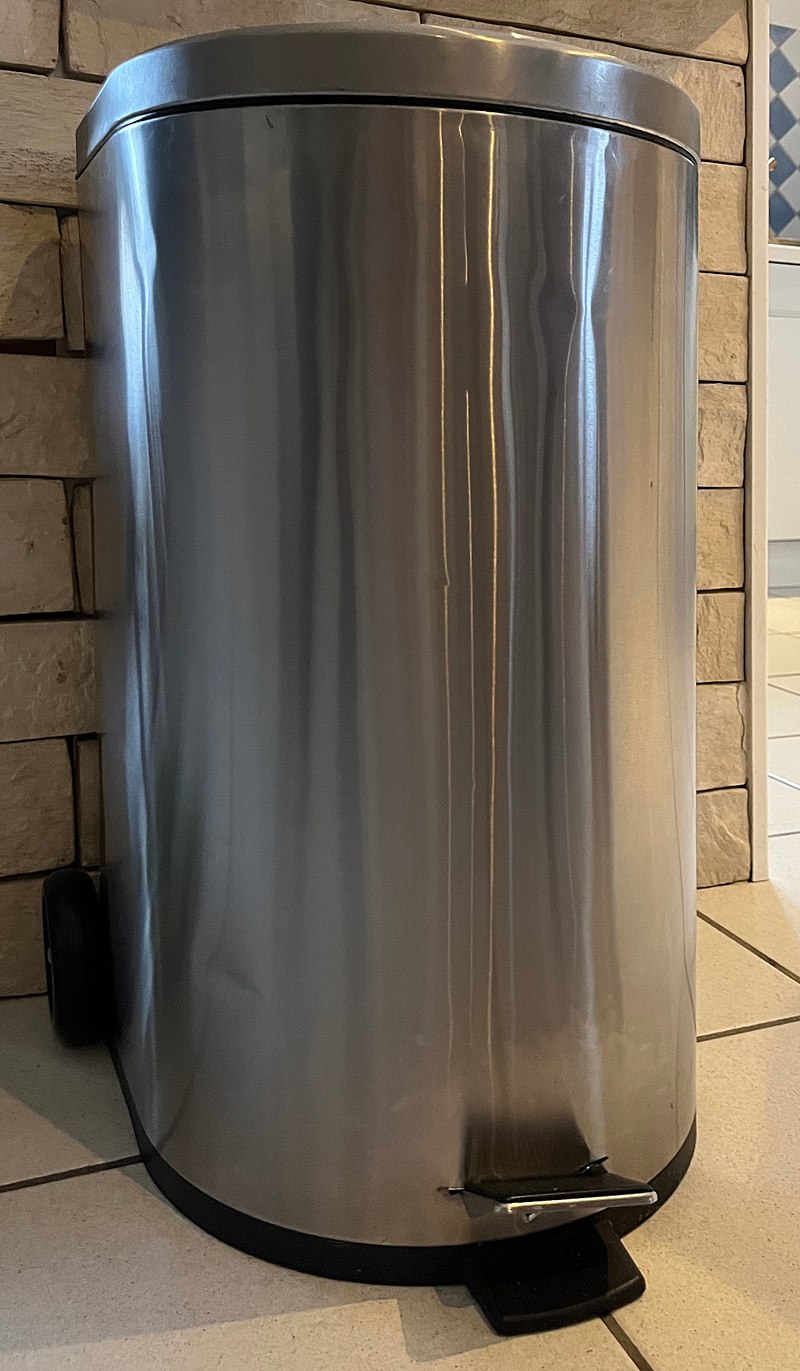
The foot pedal trash can is perhaps one of her most significant inventions, as its modest yet ingenious design has been a great time-saver in many households. Sue Frantz for the Macmillan Teaching Community wrote that Gilbreth wanted to remove the process of setting trash aside to open a trash lid, replacing it with a handy pedal that opened it for the user. Though she initially aimed to promote time efficiency with the invention, it also ended up becoming a very hygienic option that many people still use today.
Melitta Bentz: Coffee Filters
The next time you have a warm cup of coffee, spare a moment to think about Melitta Bentz, the extraordinary German homemaker who invented the coffee filter and pour-overs in 1908. Her innovative contribution is so great that the filter and drip coffee company Melitta® was named after her.
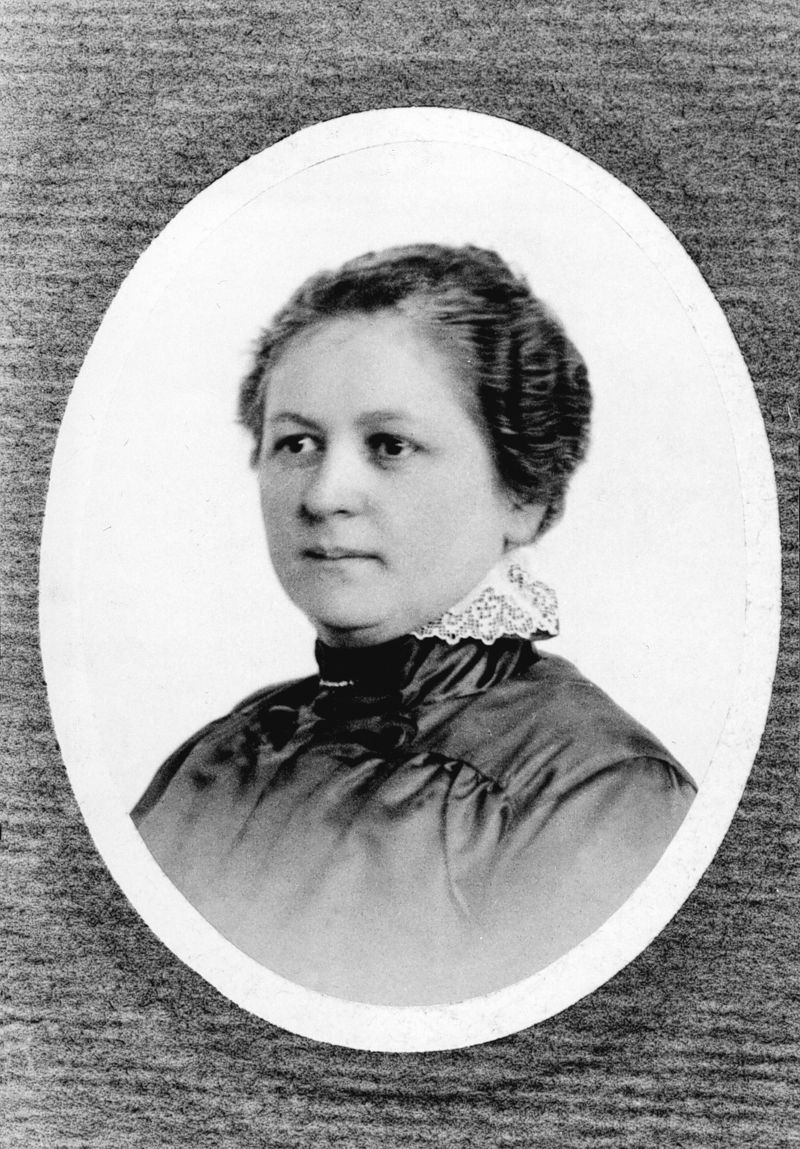
At the time, people usually made coffee by placing ground beans into hot water before waiting for them to settle or sifting them out. However, such methods were not only tedious, but also yielded coffee that was rough in texture (due to the grounds), with an unpleasant aftertaste and lukewarm temperature, according to the German Patent and Trade Mark Office.
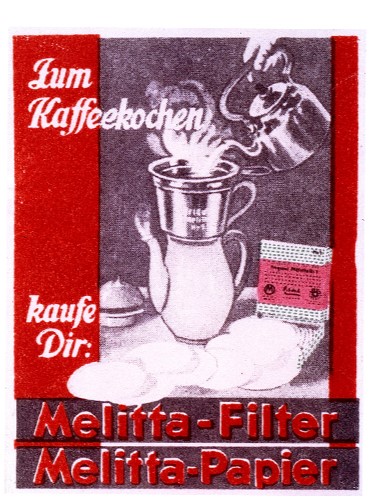

So began Bentz’s journey of making a better cup of coffee for herself and her family. The housewife pierced holes into the bottom of a brass pot, then placed her son’s school blotting paper on top of it, reports Europeana. The result? Clear, flavorful pour-over coffee that didn’t leave a rough taste on her mouth. Thus, the patent for coffee filters was born, and the world of these caffeinated drinks would never be the same.
Shirley Anne Jackson: Caller ID and Call Waiting
What do portable fax machines, touch-tone telephones, solar cells, fiber optic cables, caller ID and call waiting technology all have in common? An inspiring origin, as all these touchstone telecommunications were products of the mind of physicist Shirley Anne Jackson.

According to the United States’ Federal Communications Commission, Jackson was one of two African-American women to receive a doctorate in physics. On top of that, she was the very first to get one from the Massachusetts Institute of Technology. It was her knowledge of theoretical physics that gave way to the invention of significant telecommunication technologies, namely the caller ID and call waiting.

For those who are unfamiliar with the terms, a caller ID is the identification associated with a particular number. So when contacts and strangers alike call your phone, it’s Jackon’s technology that helps give a name to the caller. This has, of course, helped many people distinguish between wanted and unwanted communications.
As for call waiting, that’s what happens when a call is put on hold while a user is simultaneously having another phone call. It’s a small but helpful feature of most smartphones, as it prevents people from having to redial a number or deal with missed calls when they’re occupied.
Women Paving the Way
It’s easy to celebrate “bigger” achievements in the fields of engineering and sciences: a rocketship to the moon, a new Artificial Intelligence robot, a self-driving car. Yet it’s also good to take a step back and think about the more quotidian, yet equally life-changing inventions that have entered our lives across the years.
Much like the amazing women behind them, they’ve served as backbones of society in their own special ways, and certainly deserve a place in history’s hall of fame.
Banner photo by Harris & Ewing via Wikimedia Commons.





